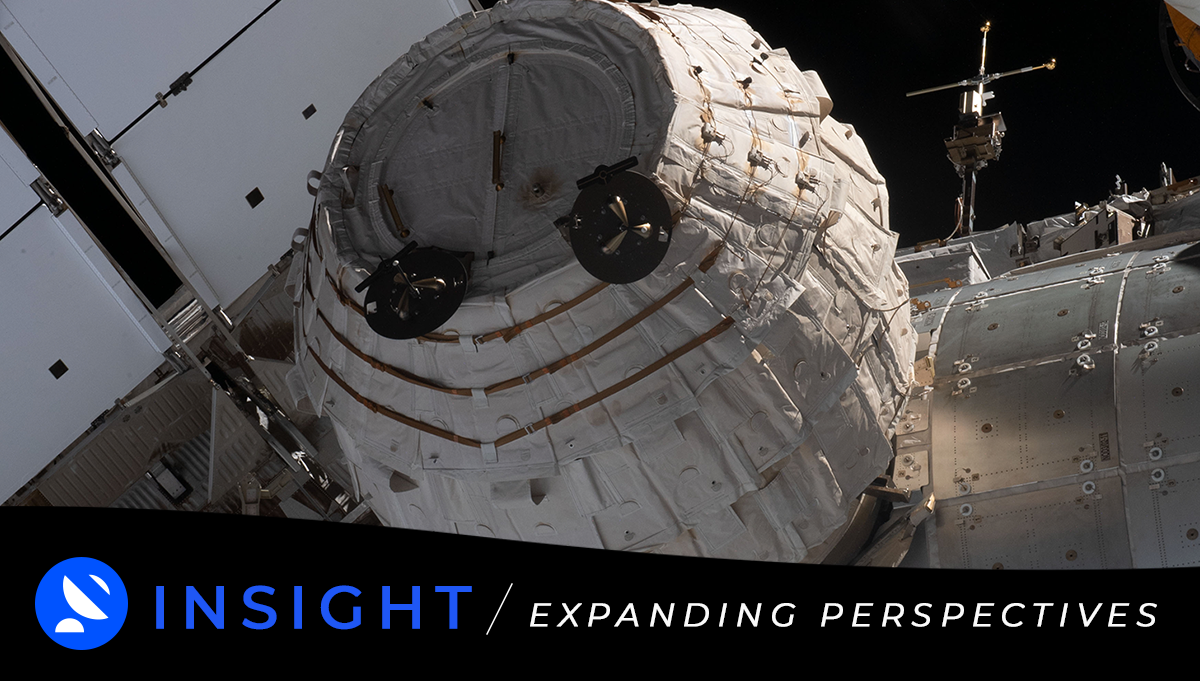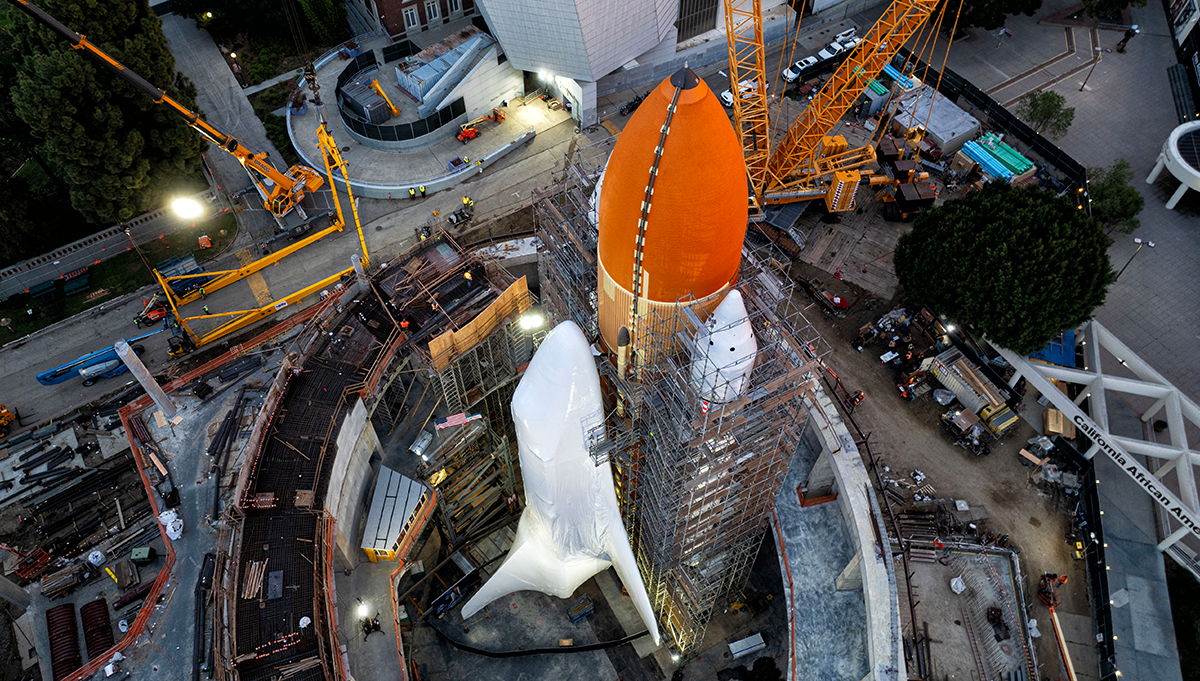Ask OCE — December 21, 2005 — Vol. 1, Issue 1
The European Space Agency (ESA) launched Venus Express on November 8, 2005 by a Soyuz-Fregat rocket from the Baikonur Cosmodrome in Kazahkstan.
The spacecraft is expected to complete its journey of 350 million kilometers in five months, reaching Venus in April. It will then establish itself in an orbit around the planet in order to study the structure, chemistry, and dynamics of the planet’s atmosphere. The mission is planned to last 486 Earth days, though it may be extended depending on the spacecraft’s operational health.
ESA describes Venus Express as a “twin sister” of the Mars Express spacecraft that has been orbiting that planet since December 2003. While the spacecraft architectures employ many of the same basic features, the requirements of the Venus mission included design modifications to deal with the increased gravitational pull and hotter temperatures of Venus.
Venus Express has seven instruments on board. Three are flight-spare units of instruments already flown on Mars Express, two are from comet-chaser Rosetta, and two were designed specifically for this mission.
Venus Express will be the first spacecraft to probe the planet’s surface.





